The Tale of the Well-Travelled C96 Mauser Broomhandle
By Will Dabbs, MD

I had coveted a C96 Mauser Broomhandle pistol since I was a kid. Weird, awkward, expensive and rare, the Broomhandle was also iconic, timeless and cool. I simply had to have one.
I stalked my prey until the right example came up for sale. This gun was in nice shape for its age and included the original shoulder stock. I bid the auction as high as I was able and ultimately took the piece home. Whenever I buy an old gun I inquire of the seller if there is a story to go along with the gun. This one was epic.
An Amazing Journey
The year was 1929, and America was legitimately hungry. Those that had work during the Great Depression did OK. Those that didn’t often did not eat. One such man walked into a diner in Indianapolis with a paper-wrapped parcel.
He explained to the cook that he had not eaten in some while and had no money. However, he did have a German pistol he was willing to barter. The two men struck a deal, and the cook got the gun. The nameless gentleman left with a sack full of leftovers. Many years later, the gun eventually went to the cook’s granddaughter who sold it to me via GunBroker.
This particular example has “1920” engraved along the left aspect of the barrel over the chamber. This was an amnesty mark that the Weimar government placed on veteran bringback guns surrendered after the war. This was a data point that established the status of the gun at a certain time and a certain place. I searched the serial number online and found a date of production of 1918. That left plenty of time for the gun to have been used in combat during WWI.
With the defeat of Germany in 1918, hundreds of thousands of the Kaiser’s soldiers demobilized and went home. Many of them, particularly officers, brought their firearms with them. The C96 Mauser Broomhandle pistol was a common sidearm for German combat leaders, aviators and Stormtroopers.
Countless restless military veterans wandering the streets with guns seemed a threat to civil order, so the government established an amnesty. Veterans could surrender their firearms to the government without penalty in 1920. These surrendered guns were duly marked and then brought into government inventory.
The big question was how a military-surplus pistol surrendered to the German Weimar government in 1920 could have made its way into an Indianapolis diner to be traded for food some nine years later. The nice lady who sold me the gun had no idea. I will forever imagine the details myself.
A Most Remarkable Firearm
Designed in 1893 by the three Federle brothers Joseph, Fidel and Friedrich, at Waffenfabrik Mauser in Oberndorf, Germany, the C96 represented the state of the art for its time. Though never a general issue arm in the Kaiser’s army, Mauser nonetheless produced around a million C96 pistols. Foreign-made copies, particularly in China, were literally beyond counting.
The Germans called the gun the “Kuhfusspistole” or “Cow’s Foot Pistol.” The Chinese called it the “Box Cannon.” Paul Mauser titled it the “Construktion 96” or C96 for short. The rest of the planet called it the Broomhandle after the distinctive appearance of the pistol grip.
The C96 was recoil-operated with a tilting-lock breech. The center of gravity was unnaturally forward and recoil with the snappy 7.63x25mm cartridge was noteworthy. Most of the originals carried 10 rounds loaded into an integral magazine from the top via strippers. Some variants incorporated a removable box magazine of 10 or 20-round capacity. The Model 712 version was selective fire. The rear sight was optimistically adjustable out to 1,000 meters.
Copies have been produced both under license and otherwise in places ranging from Spain to China. Chinese warlords of years past were particularly taken with the piece. While the gun was used in several variations, the most common included a dual-purpose shoulder stock that doubled as a holster. The BATF has exempted shoulder-stocked Broomhandles from the restrictions of the National Firearms Act based upon the gun’s historical significance.
The first Broomhandles fired the bottlenecked 7.63×25 mm cartridge. It launched an 86-grain bullet at 1,400 feet per second and was the fastest commercial handgun cartridge in the world until the advent of the .357 Magnum in 1934. Later guns were chambered for 9mm Parabellum. As the guns were externally identical, the Germans engraved a prominent red “9” in the grips to differentiate the two. These guns are referred to in the collecting community as “Red Nines” as a result. The Chinese even made a few in .45 ACP.
Standard Broomhandles sported a 5.5-inch barrel. Short-barreled “Bolo” models featured a stubby 3.9-inch tube. The abbreviated Bolo Broomhandle formed the basis for the fictional DL-44 blaster carried by Han Solo in the Star Wars movies. Collectors scarfing up these old guns to build cosplay blasters has artificially tightened the market.
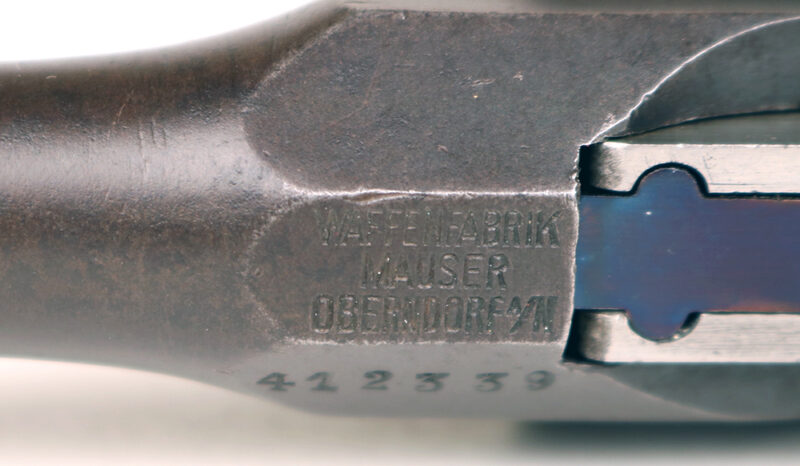
Historical Significance of the C96 Mauser Broomhandle
The argument could be made that the C96 Mauser Broomhandle actually saved western civilization. In October of 1896, Winston Churchill was a young English Cavalry officer posted to Bombay, India. While disembarking from a boat, the young man badly wrenched his shoulder. This injury never fully healed and prevented his properly using a cavalry saber, the primary weapon of soldiers of his station. As a result, young Winston borrowed money from his mother and bought a Mauser C96 pistol from Westley Richards and Company in Birmingham, England.
Eventually, Churchill found himself posted to the army of General Sir Herbert Kitchener in the Sudan. Kitchener’s forces faced the army of Abdullah al-Taashi, the successor to the self-proclaimed Mahdi, Muhammad Ahmad. The Commonwealth forces were outnumbered two-to-one.
Battle was joined near the Sudanese village of Kerreri 11 kilometers north of Omdurman in the central Sudan. In the resulting melee, Churchill’s 21st Lancers advanced to clear the plain. These 400 British horse soldiers were subsequently surrounded by more than 2,500 Islamic infantry.
The young Cavalry Lieutenant Winston Leonard Spencer-Churchill killed or wounded three Dervishes at contact range with his Mauser pistol. He later described the big handgun to his mother as, “The best thing in the world.” Had he been wielding a cavalry saber rather than this German repeater he might very well have been unhorsed and killed. The rest, as they say, is history. It was Prime Minister Winston Churchill’s iron will and indefatigable spirit kept Britain afloat long enough to turn the tide against the Nazis during WW2.
I love hunting these old guns on GunBroker. Some are pristine, while others bear the obvious stigmata of war. They all have a story. That story can be thought-provoking indeed.
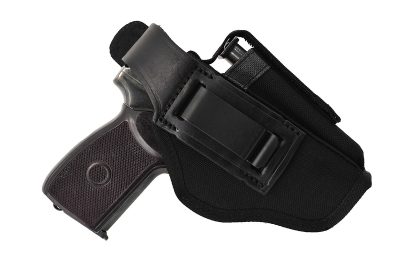

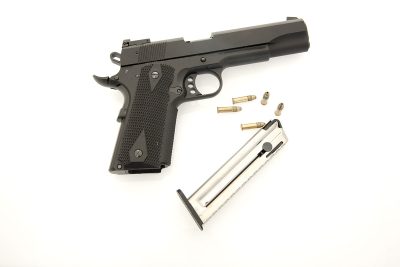

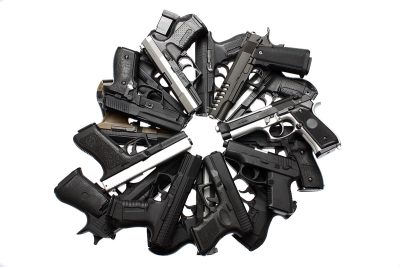


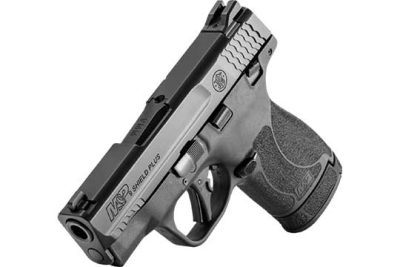


![Canik Mete SFX Pro and SFK Rival with Mecanik MO1 Tactical Micro Reflex Sight | CanCon 2024 Arizona [Video]](https://content.gunbroker.com/wp-content/uploads/2024/05/Canik-400x267.jpg)
